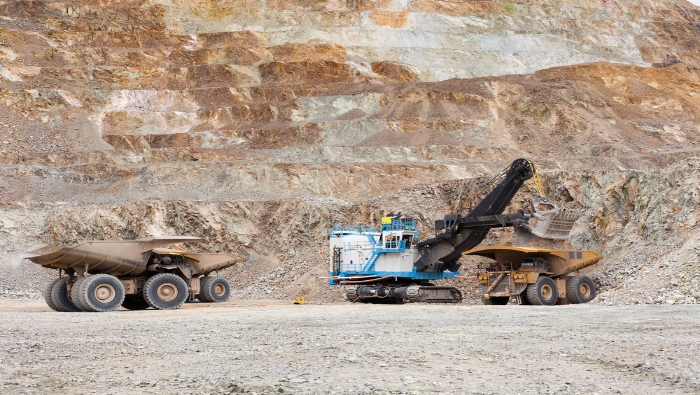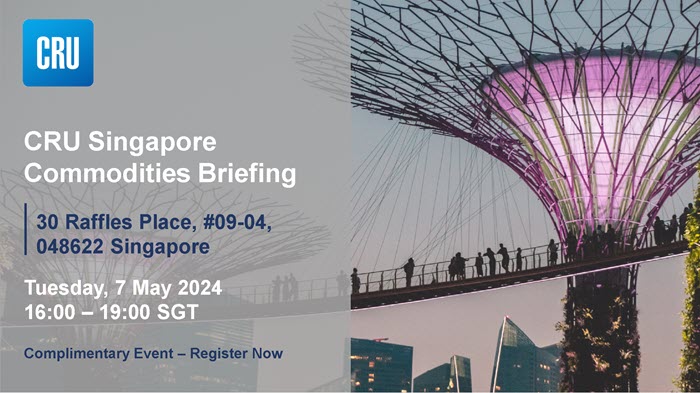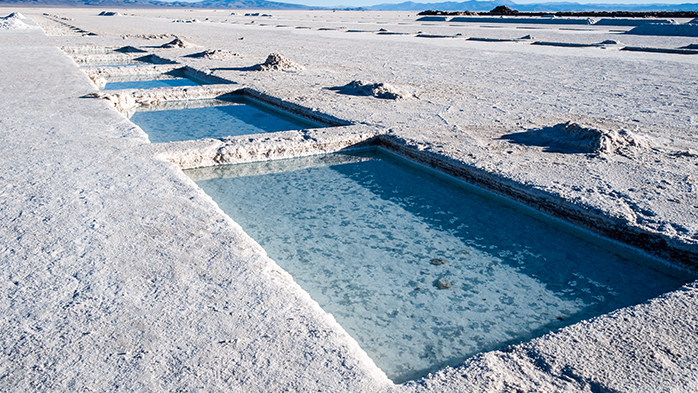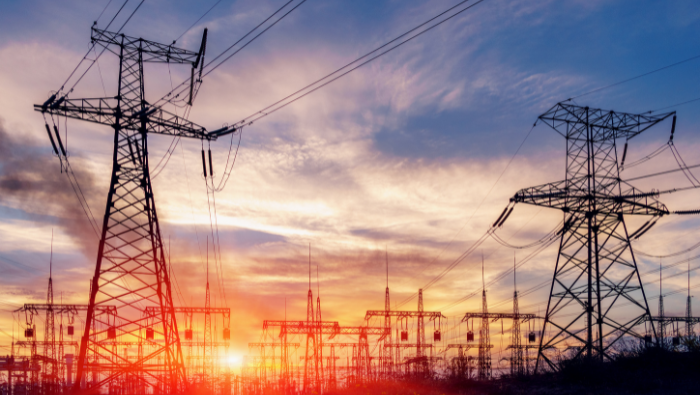Introduction
In recent years, driven by the global push towards decarbonisation, the term ‘critical minerals’ has entered the modern lexicon of the Australian mining industry.
Commentary
Depending on who you ask, the total number of critical minerals varies greatly, with some lists containing as many as 50 separate minerals. Some of the more commonly known and well-established commodities include lithium, cobalt and nickel, while lesser-known ones include germanium – which saw as little as 130 tonnes of global production in 2020. According to the International Energy Agency (IEA), ‘Demand for these [critical] minerals will grow quickly as clean energy transitions gather pace.’
Clean energy technologies, such as wind turbines, rely on permanent magnets built from rare earth elements, among others. Overall, renewable energy requires far greater amounts of critical minerals in comparison to traditional fossil fuel sources, ranging from seven tonnes per megawatt capacity for solar photovoltaics to approximately 16 tonnes per megawatt capacity for offshore wind, whereas natural gas requires approximately one tonne per megawatt capacity. For electric vehicles (EVs), it is a similar story. EVs require a wide range of battery minerals such as lithium, cobalt and nickel. According to the IEA, an EV uses, on average, 207 kilograms of critical minerals per vehicle in comparison to 34 kilograms for an internal combustion engine.
The demand outlook for critical minerals is very strong. For example, lithium hydroxide is forecast to see a 36 per cent compound annual growth rate (CAGR) over the next five years. Nickel sulphate demand is likewise expected to be strong, with a growth rate of 26 per cent CAGR over the same time frame. This trend of high-demand growth is expected to also affect other critical minerals driven by countries looking to accelerate their own energy transitions.
Current prices reflect this explosion in demand. Realistically, significant new projects along the entire value chain will be required to meet demand for critical minerals over the long term to support a clean energy transition. This is a key consideration globally, or else prices will remain high and green technologies will be prohibitively expensive.
For example, the current price of battery-grade lithium hydroxide is around US$70,000 per tonne, up from about US$7000 per tonne in 2020. The current high prices have been sustained for several months now, and reflect a disconnect between demand growth and availability of supply.
Australia is undoubtedly blessed in terms of its mineral endowment. For a large portion of the critical minerals identified, Australia is ranked among the top countries for economically demonstrated resources. Beyond this, significant potential exists for further mineral discoveries across the country.
Australia has historically focused on the ‘upstream’ – i.e., the extraction of ore – in the minerals value chain. This ore has traditionally been shipped overseas for further processing before reaching the end user. The reason for this is quite simple: increasing domestic cost pressures on midstream and downstream processing have made Australia far less competitive compared with overseas nations, such as China. Meanwhile, the upstream segment has maintained strong margins over the costs of production, and has weathered downside commodity cycles by maintaining a competitive cost position, notably in the bulk commodity sector.
Western Australia’s resources sector for the 2021–22 financial year has registered sales of A$231 billion – its highest result ever. Underlying this boom is iron ore, which alone recorded approximately 60 per cent of the total. CRU’s view is that steel production in China – the key driver of demand for Australian iron ore – has now peaked. Over the long term, iron ore demand is forecasted to slowly reduce, while prices are expected to come down from the recent highs.
Explosive growth in lithium prices this year have driven up the total value of spodumene concentrate exports to over two-and-a-half times that of the previous record. Today, spodumene is Western Australia’s third-largest commodity export by value; however, these record sales totalled approximately A$6.8 billion, which, while significant, remains far below the total value of iron ore sales (A$137 billion). With an expected decline in iron ore export value over the long term, lithium and other critical minerals offer the potential for Australia’s resources sector to continue to flourish and wean itself off a reliance on exports of bulk commodities, such as iron ore and coal.
Instead of focusing only on the upstream portion of the critical minerals value chain, the opportunity for Australia’s resources sector is to move further downstream into minerals processing and higher value-add industries. Albeit with potentially greater competition from overseas, moving further downstream would allow Australia to capture a greater share of value in the critical minerals industry. Using current prices, if Australia instead converted all of its spodumene into lithium hydroxide prior to exporting overseas, the country would be able to capture approximately three to four times the total value due to the higher value-add of the downstream segment.
While traditionally less profitable in comparison to the upstream extraction of minerals, recent focus in Australia has been placed on a form of domestic reindustrialisation. Government initiatives, such as the $1.3-billion Modern Manufacturing Initiative and the Australian Critical Minerals Strategy, are attempting to leverage Australia’s large resources base to develop a critical minerals industry domestically, and build downstream processing capabilities.
To this end, many opportunities have emerged domestically to take advantage of the boom in critical minerals. Lynas Rare Earths, for example, has distinguished itself as the key supplier of rare earths outside of China, while Australia’s first lithium-hydroxide plant in Kwinana, owned by a joint venture between Tianqi and IGO, began production earlier this year, which has been shortly followed by a second plant, owned by Albemarle, in Kemerton. Additional players, such as Wesfarmers, Mineral Resources and others, have also committed to building a number of additional plants.
To add to these economic drivers, there are increasing concerns about supply vulnerability and trade disruptions. The ongoing war in Ukraine, and rising tensions between China and the West have led to a reassessment of trading relations, and countries such as the United States and EU member states are looking to guarantee their own energy security at home.
For example, the Biden administration recently passed the Inflation Reduction Act – with the explicit intent of promoting investment into clean energy production. A key portion of the Act is a tax credit of US$7500 for the purchase of an EV, provided that at least 40 per cent of the materials are sourced either domestically or from an FTA partner, which includes Australia. China and Russia are explicitly excluded.
Given the dominance of China in midstream battery material production (more than 90 per cent in some cases), it is likely that there will be a scramble to build up production capacity outside China. Given Australia’s significant resource endowment and its business-friendly policies, Australia is likely to be a major beneficiary of investment moving forward.
The question remains: will all this be enough to ensure a clean energy transition? Domestic investment in new fossil fuel projects has collapsed, demand for critical minerals is expected to grow at a breakneck pace and prices are expected to remain high – at least in the short term. The sheer scale of new projects that are required to transition our economy and others to a clean energy future and meet carbon reduction targets is enormous. Coupled with rising trade and geopolitical tensions, there is an immense challenge in front of us in order to achieve these goals.
Nevertheless, there is a great opportunity for Australia in the critical minerals industry. Australia is expected to play a leading role, and focus should be given to areas in which the country can succeed and ensure the greatest returns. The hype around the hot new critical mineral can sometimes be overwhelming. It is important to keep in mind that not every critical mineral will necessarily be successful in Australia – some are clearly more prospective than others. While many opportunities exist, not all are equal. Australia should remain optimistic and take advantage of the boom in critical minerals, but care should also be given to identify where the best opportunities lie.
This article was originally published by Future Mining, VOLUME 1 NUMBER 1, 2022.
Explore this case study with CRU




